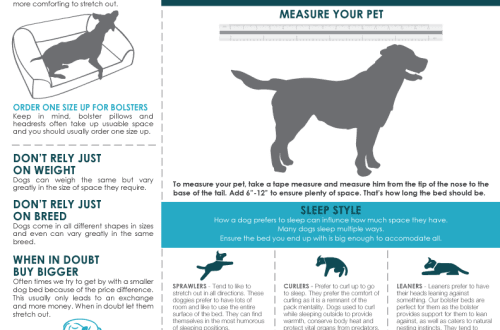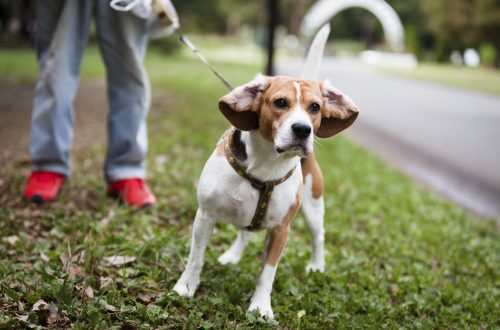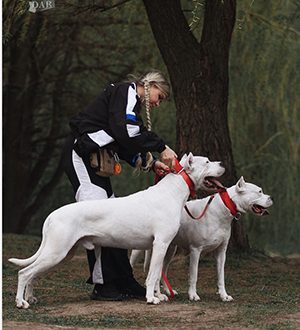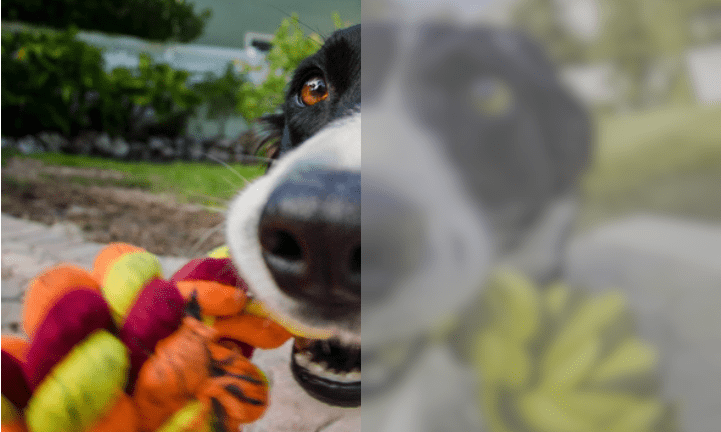
How do dogs see?
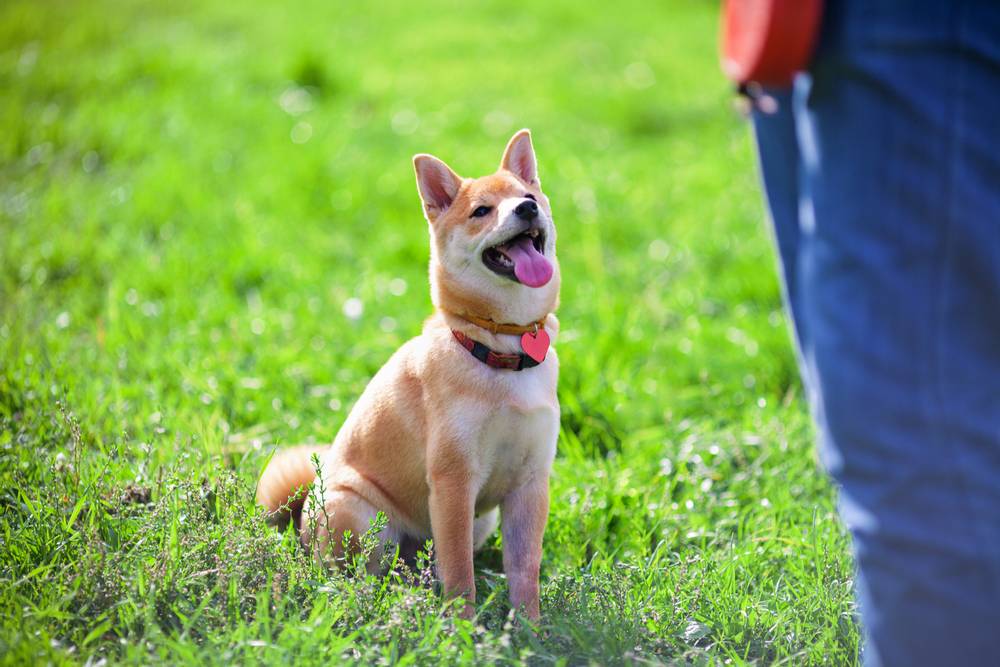
The theory that dogs see everything as in a black and white movie was refuted by American researchers in 2012. It turned out that in fact, animals distinguish colors, although much less than humans.
Color vision and myopia
Only deepening into biology allows you to understand exactly how the dog perceives the world around him. Photoreceptors are responsible for the perception of colors in the structure of the eye: these are rods and cones on the retina, which received such names due to their shape. There are three types of cones on the retina of the human eye, and they allow us to distinguish shades of red, green, and blue.
The dog’s eye is arranged differently: for example, it has only two types of cones on the retina, and for this reason, pets are not able to distinguish between yellow-green and red-orange hues.
The picture of the world that dogs see is similar to how color blind people see the world.
For example, a pet is unlikely to see a ball or a red toy in the grass. But here the sense of smell comes to the rescue: the dog can smell them by smell.
However, this is not the only difference between human and dog vision. As it turned out, these animals see the picture of the world much less clearly than humans. The reason also lies in the structure of the organs of vision. The yellow spot is responsible for the clarity and brightness of the image that a person sees. The dog does not have this spot, so pets do not distinguish details well. If a person with good eyesight is able to read the tenth line of the vision table, then theoretically a dog can only recognize the third. But for animals, visual acuity is not as important as the ability to recognize a potential victim in time.
Field of view and night hunting
A dog is a predator, which is why it needs the ability to see in the dark. And, indeed, at night, these animals see much better than humans and recognize much more shades of gray. This is due to the peculiarities of the structure of the dog’s visual organs: the same photoreceptors – rods – are responsible for the sensitivity of the eyes in the dark, and there are much more of them on the retina in a dog than in humans. Therefore, even at dusk, your pet feels comfortable.
Interestingly, representatives of different breeds see the world differently. The reason lies in the field of view. Hunting dogs, such as beagles, with eyes far apart, have a wide field of vision, while dogs with close-set eyes, such as pugs or Pekingese, have a narrow field of vision.
How to test a dog’s eyesight?
It’s no secret that a dog’s vision can deteriorate with age. However, there are a number of other factors that contribute to the development of ophthalmic diseases. An attentive owner may notice the first symptoms of visual impairment in a dog:
- Blurred or reddened eyes;
- The appearance of secretions;
- Itching, which often causes the dog to scratch its eyes with its paws.
An important sign of deterioration in the dog’s vision is orientation in space. If the pet stumbles upon objects, does not notice obstacles, or looks as if through them, a consultation with a veterinarian is necessary.
18 September 2017
Updated: December 21, 2017



